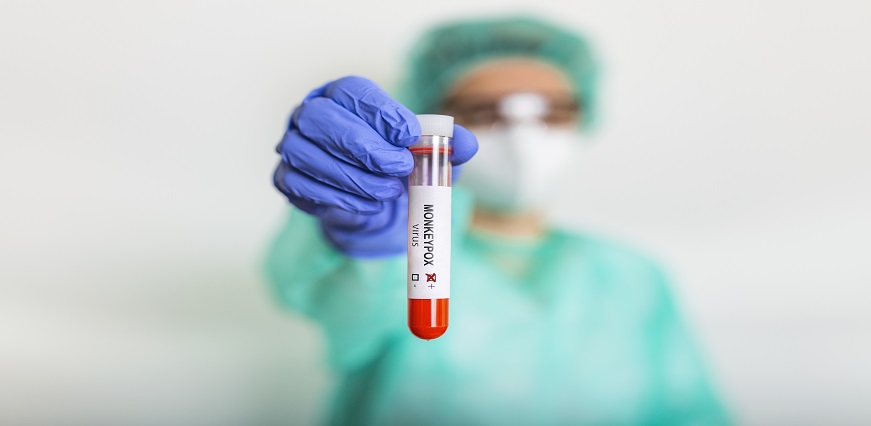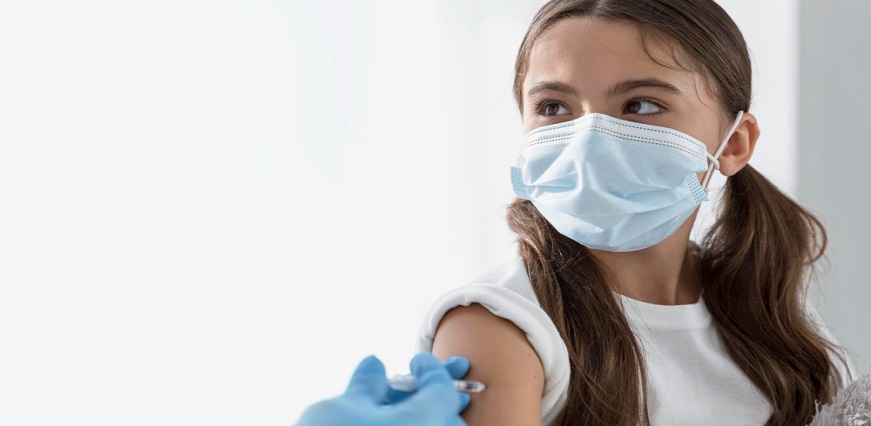Monkeypox is a rare, zoonotic virus that can affect humans as well as animals. It was first described in 1958 after an outbreak of the virus in monkeys and humans living near each other in the Democratic Republic of Congo. The disease is similar to smallpox, but not as severe; it’s treatable with antiviral drugs and preventable with vaccinations.
In this blog post, we will look at monkeypox in more detail: its causes, symptoms, treatments, and prevention strategies. We will also discuss how this virus affects both humans and animals, and how it is transmitted from one species to another. By the end of this article, you should have a better understanding of what monkeypox is and how to protect yourself from it.
What is Monkeypox?
Monkeypox is a rare viral infection that is similar to smallpox. The monkeypox virus is found in animals, particularly monkeys, and can be passed to humans through contact with an infected animal or person. The symptoms of monkeypox are similar to those of smallpox, including fever, rash, and body aches. However, monkeypox is usually less severe than smallpox and most people recover without any complications. There is no vaccine for monkeypox. However, early diagnosis and supportive care can help to reduce the severity of the disease.
Causes of Monkeypox
Monkeypox can be deadly, it is much less contagious than smallpox and can usually be treated with antiviral medications.
There are two types of monkeypox: West African and Central African. The vast majority of cases occur in rural Africa, where the disease is endemic (constantly present). People, there may come into contact with infected animals, such as monkeys, rodents, and squirrels. Infection also occurs through contact with the infected person's body fluids or respiratory secretions, such as saliva, mucus, vomit, or blood.
In 2003, there was an outbreak of monkeypox in the United States. It is thought that this outbreak was started by a pet prairie dog that was imported from Africa and then sold at a pet store. The prairie dog was infected with the virus and passed it on to humans who came in contact with it. This shows that monkeypox can spread from animals to humans.
Symptoms of Monkey Pox
The symptoms of monkeypox include fever, chills, headache, muscle aches, backache, and swollen lymph nodes. A rash then develops, starting on the face and spreading to the rest of the body. The rash begins as small red spots that turn into blisters filled with fluid and eventually crust over. Monkeypox is usually less severe than smallpox and most people recover within a few weeks without any lasting effects. However, serious illness or death can occur in some cases. There is no specific treatment for monkeypox and no vaccine available for prevention.
Prevention from Monkey Pox
However, since the virus is usually transmitted from animals to humans, it is important to avoid contact with infected animals and their bedding or other materials. In addition, since the virus can also be spread from person to person, good hygiene practices are essential. This includes washing your hands often, avoiding close contact with people who are sick, and cleaning surfaces that may be contaminated.
If you are traveling to an area where monkeypox is known to occur, you should take steps to avoid exposure to the virus. This includes avoiding contact with wild animals and being sure to vaccinate against smallpox (if you have not already done so).
With our offerings in line with government-mandated prices, Maxlab offers full body checkup packages that cover an exhaustive list of tests for a comprehensive diagnosis of your health. Choose from a range of health test packages based on your needs.
Treatment of Monkey Pox
Treatment focuses on relieving symptoms and includes the following measures:
-Bed rest
-Pain relief medication
-Fluids and nutrition
-Antibiotics to treat secondary bacterial infections
-Prevention of secondary infections, such as through vaccination
Conclusion
In conclusion, monkeypox is an infectious disease caused by the variola virus and spread through contact with infected animals or humans. Symptoms of monkeypox include fever, headache, chills, body aches and a rash that progresses from head to toe. Treatment involves supportive care such as pain relief medications, antibiotics for secondary infections and antiviral drugs if available. To prevent this condition from spreading further it is important to practice good hygiene habits like washing your hands regularly and avoiding close contact with animals or people showing signs of illness.













 7982100200
7982100200

























 To reach our help desk call 9213188888
To reach our help desk call 9213188888.png)
Comments